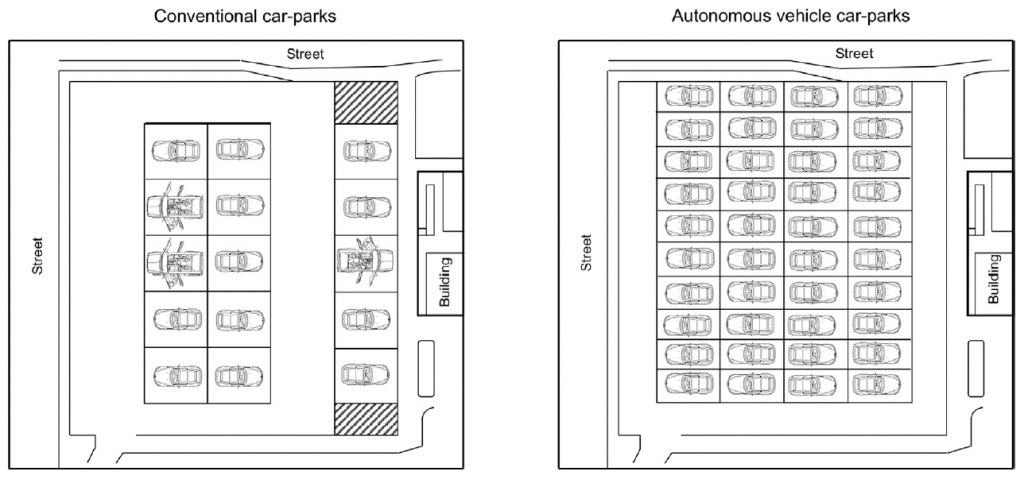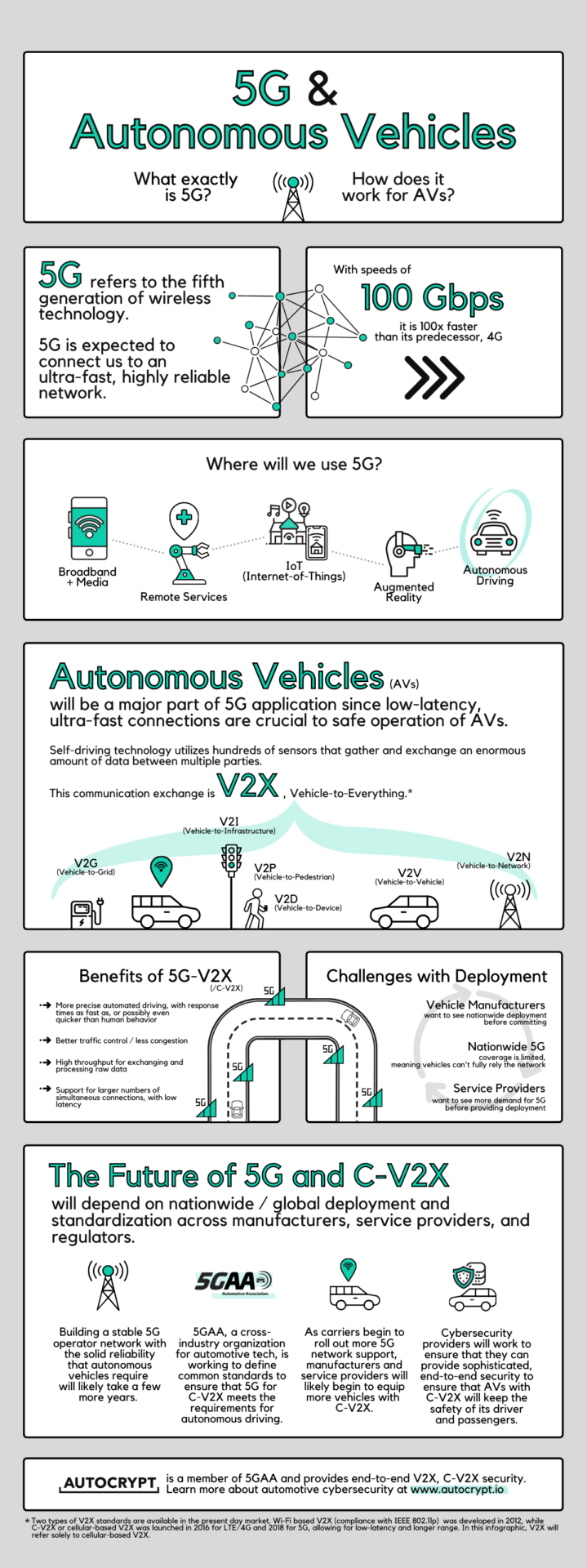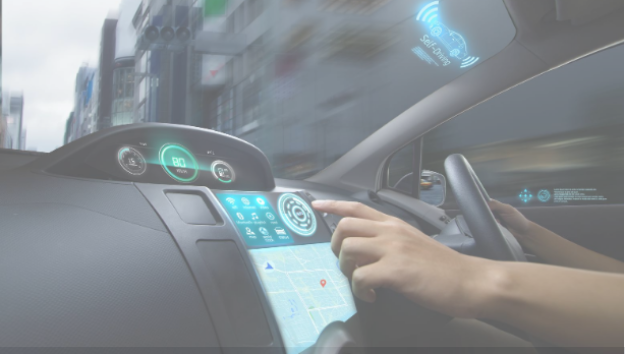With more than half of the global population living in cities, space shortage is becoming an increasingly urgent problem for urban planners and developers. The two major challenges that impact urban residents the most are housing shortage and parking space shortage.
Housing shortage can be partially resolved by utilizing vertical space. Indeed, the number of skyscrapers built for residential use is quickly overtaking that of office buildings in major cities across the world from Toronto and Vancouver to Sydney and Melbourne. Yet even doing so is not enough to cool down the housing shortage as non-resident investors drive up demand.
In this blog, we focus on discussing the second challenge. In fact, parking space shortage and traffic congestion are much more difficult to deal with than housing shortage. As one can imagine, building upwards is not an option because it would be ridiculously expensive and inefficient to have a 30-storey parkade. Also, most cities do not have enough public funding to build elevated highways and tunnels at a large scale.
Like it or not, this urban movement is set to continue as the UN projects global urban population to reach 68% by 2050. Just as urban researchers are seeking new creative ways to solve space shortage, an unexpected potential solution has gained popularity both in theory and in practice — autonomous vehicles. Self-driving cars are expected to solve urban space shortage in three different ways: 1) by reducing the need for parking space, 2) by reducing traffic congestion, and 3) by increasing vehicle occupancy rate.
How Do Autonomous Vehicles Reduce the Need for Parking Space?
The idea is to have cars park themselves in the parking lot so that drivers can get off the car at the entrance and let the car do the rest of the job, just like having an automated valet parking system. So how and why does this system reduce the need for parking space?
First of all, each single parking slot for autonomous vehicles can be made much smaller than a conventional parking slot. This is because a conventional parking slot has to leave enough space for the car doors to open on both sides so that passengers can get off. When it comes to autonomous vehicles, the driver and passengers can get off the car ahead of time before the car enters the slot, so that no extra space is needed on the sides of the car.
Another reason is a reduction in the need for driveways. In a conventional parking lot, the driveways take up about half of the total land area (see Figure 1a). Civil engineering researchers at the University of Toronto have shown through their work that autonomous vehicles could potentially decrease the need for parking space by an average of 62% and a maximum of 87% (Nourinehjad, Bahrami, and Roorda 2018)*. The reason is that instead of having a driveway between every two rows of parked vehicles, a parking lot that is fully dedicated to autonomous vehicles only needs a driveway between every four rows of parked vehicles. In other words, there can be up to four rows of vehicles parked together without any driveways in between (see Figure 1b). When a “landlocked” vehicle needs to get out, the vehicle in front of it would automatically move out to free its way.

Figure 1. a) Conventional Parking Lot vs. b) Autonomous Vehicle Parking Lot
(Nourinehjad, Bahrami, and Roorda 2018)*
Nourinejad, M., Bahrami, S., & Roorda, M. J. (2018). Designing parking facilities for autonomous vehicles. Transportation Research Part B: Methodological, 109, 110-127.
How Do Autonomous Vehicles Reduce Traffic Congestion?
A common misconception is that autonomous vehicles are nothing more than cars with sensors that detect surrounding environments. In reality, SAE Level 4 and Level 5 autonomous vehicles are much more sophisticated than that. These vehicles are able to communicate with other vehicles on the road, with pedestrians and cyclists, with traffic lights, and with the entire transportation infrastructure, all through the internet. All the communications are enabled by V2X (vehicle-to-everything) technology embedded into the vehicles, and end up forming a massive smart transportation network. This brings us to the question: how does V2X technology reduce traffic congestion?
Surprisingly, the main cause of traffic congestion is not having too many cars on the road, but the delays caused by each driver’s reaction time. When a traffic light turns green, for example, it takes a second or two for the driver at the front row to notice the signal change and another 0.5 second before pressing the pedal, the driver behind starts pressing the pedal 0.5 second after the first car moves forward, and this 0.5 second delay stacks up for every car behind, accumulating to a significant latency — this is assuming that everyone pays full attention to the road. (We all know that one bad driver who is just too busy on their phone to pay attention to the signal change.)
With V2X technology, all cars waiting in line would be notified of the signal change with near-zero latency, so that all cars can start accelerating at the same time and move forward at the same speed. This would significantly reduce traffic jams. A research team from the Delft University of Technology discovered through their virtual experiment that under a particular traffic jam which lasted an average of 41.7 minutes with an average speed of 11.7 km/h, if only 10% of all vehicles had V2X technology, the average lasting time would be reduced to 3.6 minutes with the average speed increased to 41 km/h. This huge improvement is made possible by all vehicles being able to accelerate and brake at the same time (Wang, Daamen, Hoogendoorn, and Bart van Arem 2015)*.
* Wang, M., Daamen, W., Hoogendoorn, S. P., & van Arem, B. (2015). Cooperative Car-Following Control: Distributed Algorithm and Impact on Moving Jam Features. IEEE Transactions on Intelligent Transportation Systems, 17(5), 1459-1471.
How Do Autonomous Vehicles Increase Occupancy Rate?
According to the National Household Travel Survey conducted by the US Department of Transportation, the average occupancy rate of vehicles on American roads dropped from 1.59 in 1995 to 1.54 in 2007. This means that not only are we having more cars on the road, each car is carrying less people, with a majority of cars on the road occupied by only one person. This low occupancy rate is largely due to the inconvenience of the public transit system of North American cities.
As SAE Level-5 autonomous vehicles start to go into their testing phase, traditional car manufacturers are starting to seek potential in the ridesharing market. Take General Motors’ subsidiary firm Cruise for example, the company recently developed Origin, a line of electric shuttle vans that are specifically designed for ridesharing. Without any driver’s seat and steering wheel, the vehicle is expected to travel fully autonomously on designated city streets, making ridesharing much easier and comfortable. As autonomous ridesharing becomes increasingly convenient to use, vehicle occupancy rates in cities are expected to increase, reducing the burden of city roads.
AUTOCRYPT’s Role in Autonomous Driving
AUTOCRYPT is a total cybersecurity solutions provider for automobiles, providing all the security software components that are necessary (and soon mandatory) to keep autonomous vehicles safe on the road. With two decades of experience in authentication and data encryption technologies, AUTOCRYPT’s solutions ensure the legitimacy of all parties involved in V2X communications and the integrity of all data being transmitted. Recognized as the best automotive cybersecurity product/service by the prestigious TU-Automotive Awards, and one of the top 5 global market leaders for V2X cybersecurity by Markets and Markets, AUTOCRYPT is the foundation for the future of autonomous driving, ridesharing, and everything mobility.
Watch this video to see a brief introduction of AUTOCRYPT.
To learn more details about AUTOCRYPT’s solutions and services, click here.
To keep informed with the latest news on mobility tech and automotive cybersecurity, subscribe to our monthly newsletter.



